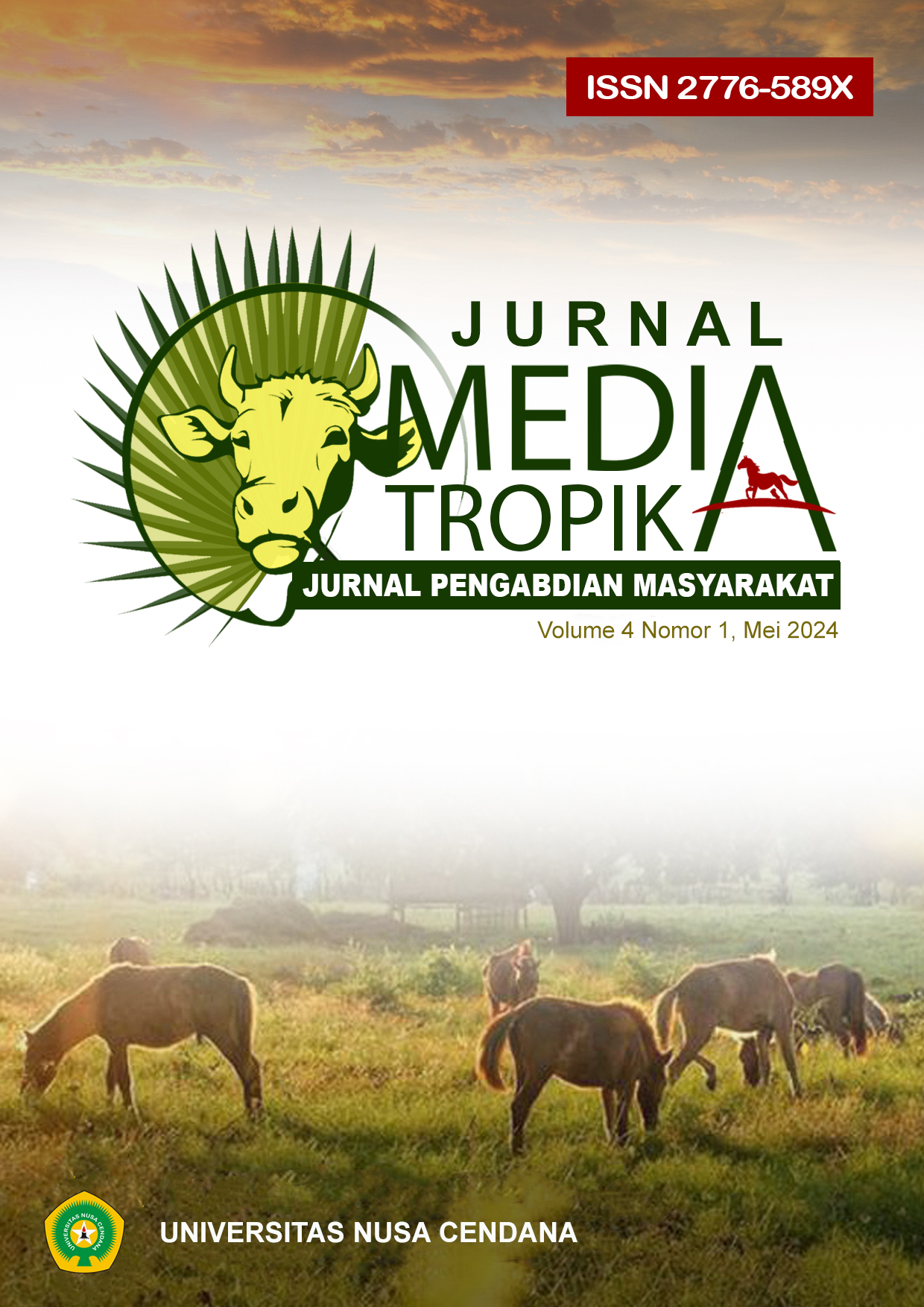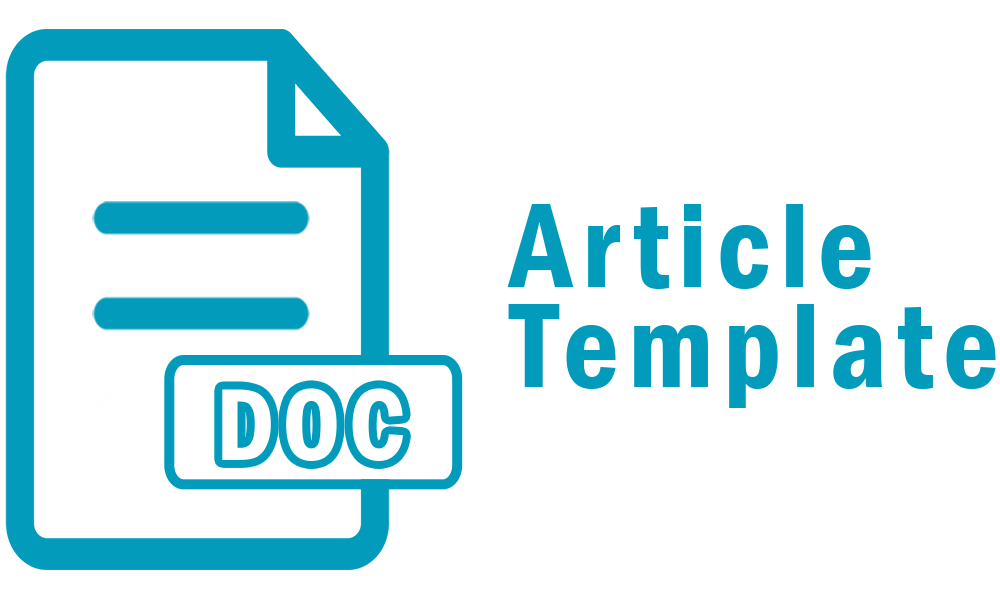PENYULUHAN KESEHATAN MASYARAKAT VETERINER TENTANG BAHAYA KONTAMINAN TELUR
Veterinary Public Health Counseling About the Risk of Eggs Contaminants
Abstrak
Eggs are one of the main livestock products apart from meat and milk which make the biggest contribution to achieving adequate nutrition in society. Eggs as a food ingredient have many advantages, such as the high nutritional content of eggs, especially in terms of protein and the relatively cheap price of eggs compared to other protein sources. However, eggs also have disadvantages, such as being easily damaged if not handled properly. Contamination of chicken eggs has a very important role in the incidence of diseases caused by the eggs themselves. Eggs are easily damaged, both physical damage and damage caused by microbial growth. The availability of eggs that are always available and have high nutritional value must be balanced with public knowledge about egg quality and egg handling to slow down the decline in egg quality because the nature of eggs is easily damaged, does not last long and quickly declines in quality. Through proper education, people can understand the importance of consuming eggs, storing eggs correctly, selecting good eggs and maintaining the cleanliness and integrity of eggs as preventive measures against diseases originating from egg contaminants.

 Larry Richard Wellem Toha(1*)
Larry Richard Wellem Toha(1*)









